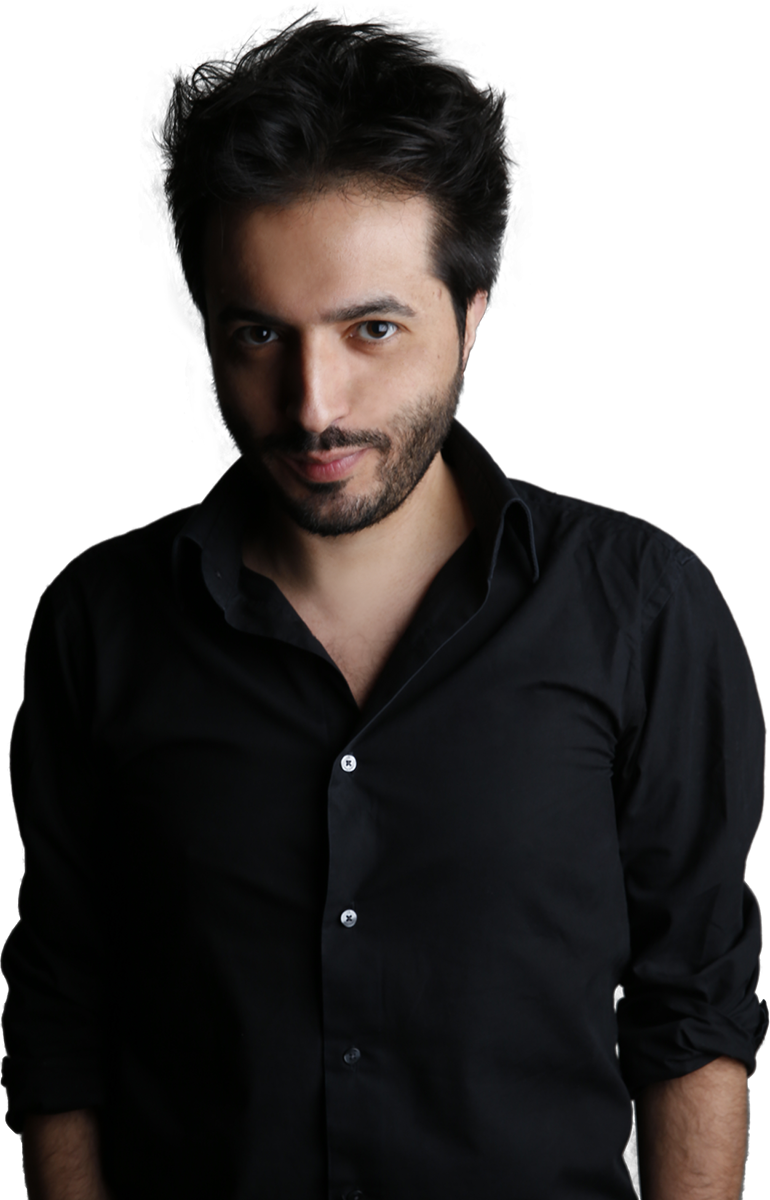Raffaele Iannello, curriculum vitae

In 1994, he began to deal professionally with the Internet. In 1996, with Dimitri Albino, he created the website of the famous musical group Articolo 31, the first website in Italy to make use of Macromedia Flash and Real Audio, two truly pioneering technologies at the time. Subsequently he collaborated as art director with the major Italian new media agencies, including Alchera Group with which he won numerous awards for creating websites and various other digital contents for famous international brands (Bulgari, Pioneer, Chicco and others).

Expert in new technologies, digital culture and contemporary art, since 1999 he has written about these topics in various print magazines. Over the years he has collaborated with Activa, Exibart, Graphicus and others. Lately he had a column in Ferro magazine and one in Fuel magazine, on both of which he monthly explored the contamination between the world of art and design with that of motorcycles, his other great passion always.
He has developed the corporate brand identity of several startups and the graphic design of many apps for mobile devices.
He has collaborated on numerous projects developed by the Robotics Laboratory of the Milan Polytechnic University, including that of a rover for lunar explorations that took part in the Lunar X Prize competition organized by Google. In 2008, the renders made by him to illustrate the project were largely spread by the worldwide media.

At the design of objects conceived for mass production, he has always flanked a research aimed at producing small limited editions (sometimes even unique pieces). Mostly handmade, these exclusive products have high-quality standards and are distributed through selected channels, always accompanied by a certificate of authenticity signed by the author.
Parallel to his work as an industrial designer and graphic designer, he has also always pursued his activity as a visual artist. Very often his two souls (that of a super-technical designer on the one hand and a visionary artist on the other) have mixed up in his projects.
He has always found himself at ease both in the physical and in the digital world and his projects are proof of this because they are almost always made with a continuous interchange between the two worlds. His fully digital artworks are now available as Digital Collectibles and can also be enjoyed in immersive digital environments through Virtual Reality or Augmented Reality devices.
Often his digital art works have not been confined behind a screen, but have also come to life in the real world. Among these is, for example, Heartquake, created in 2002 with the technical support and sponsorship of Apple and Sharp.
